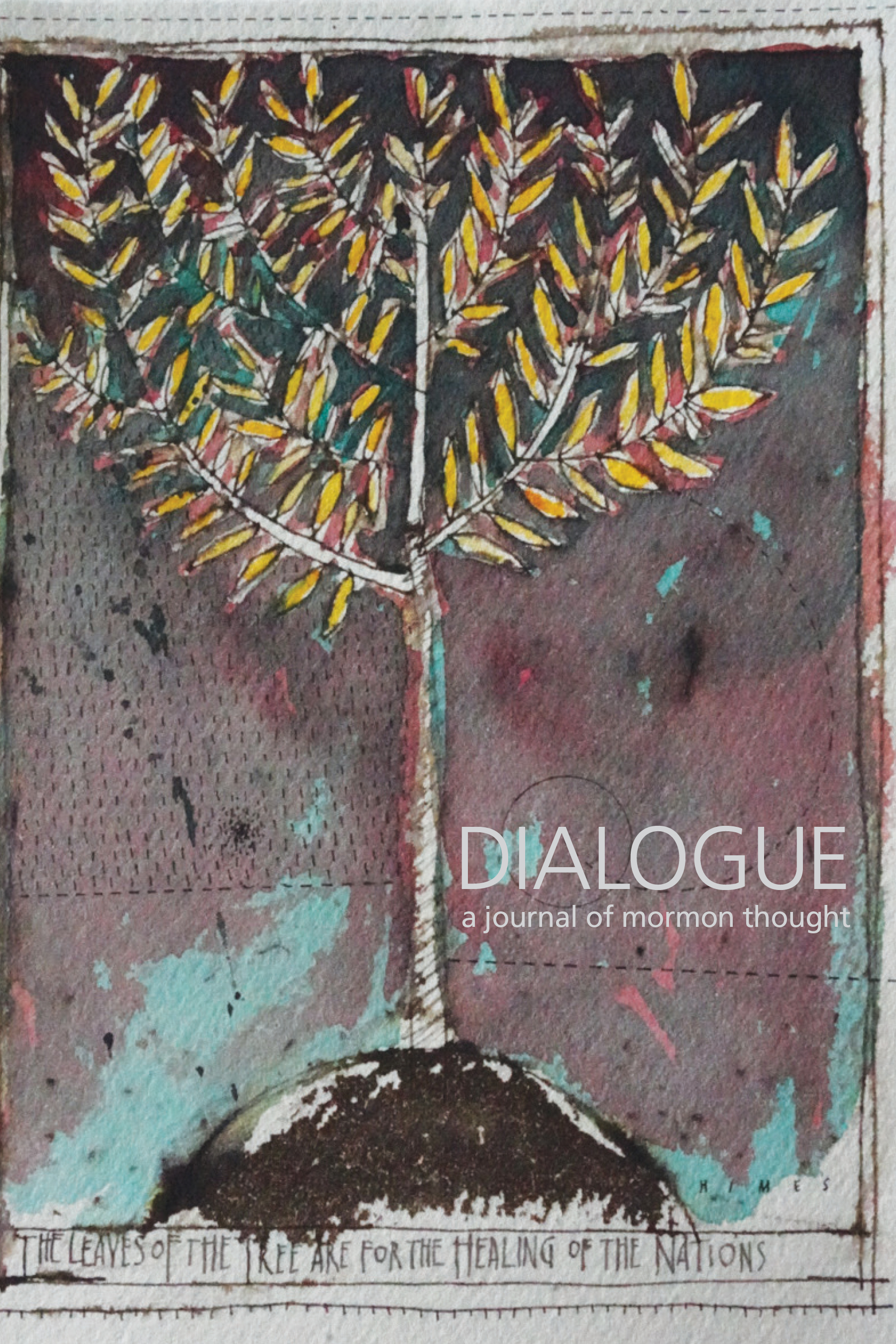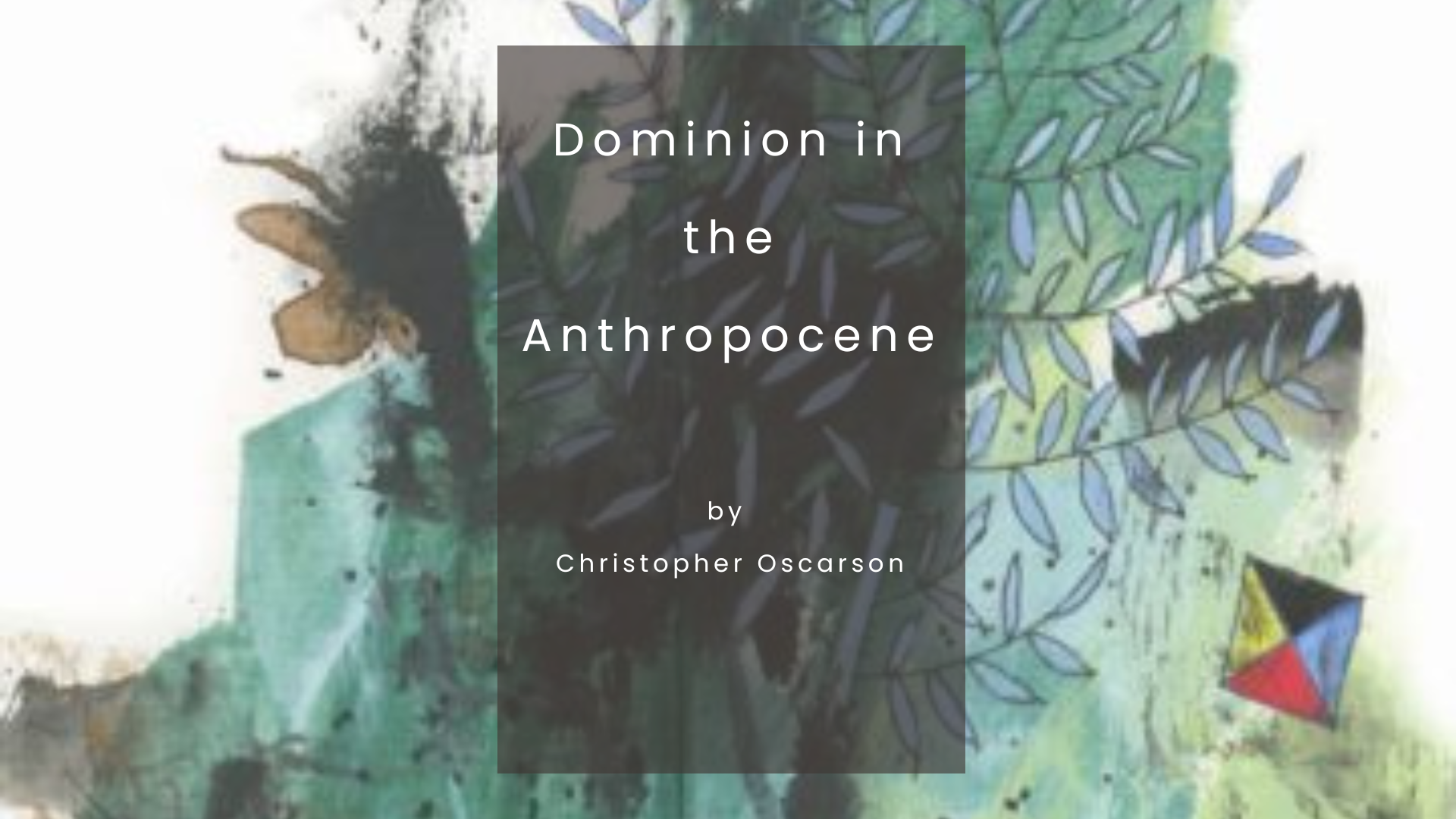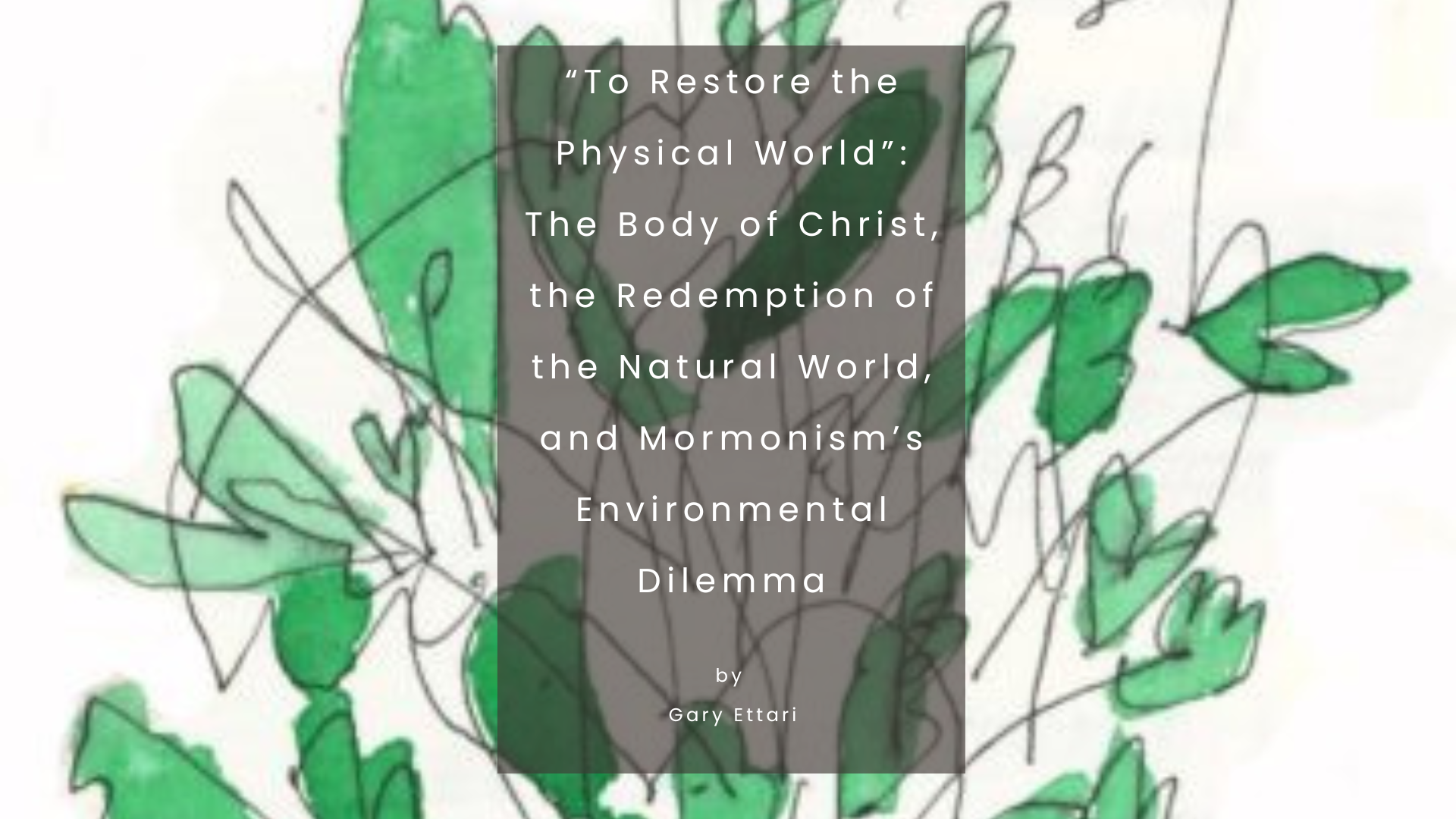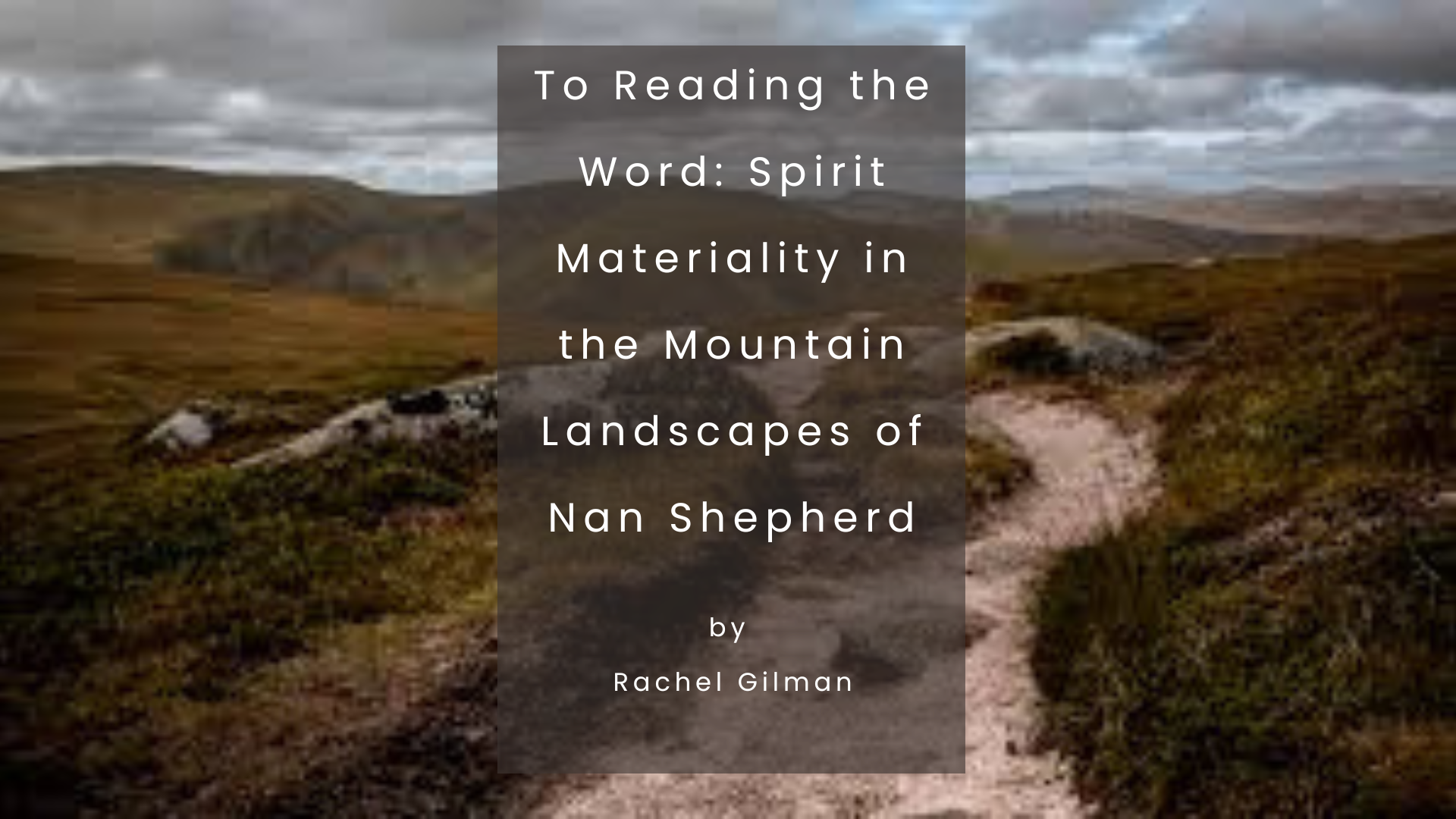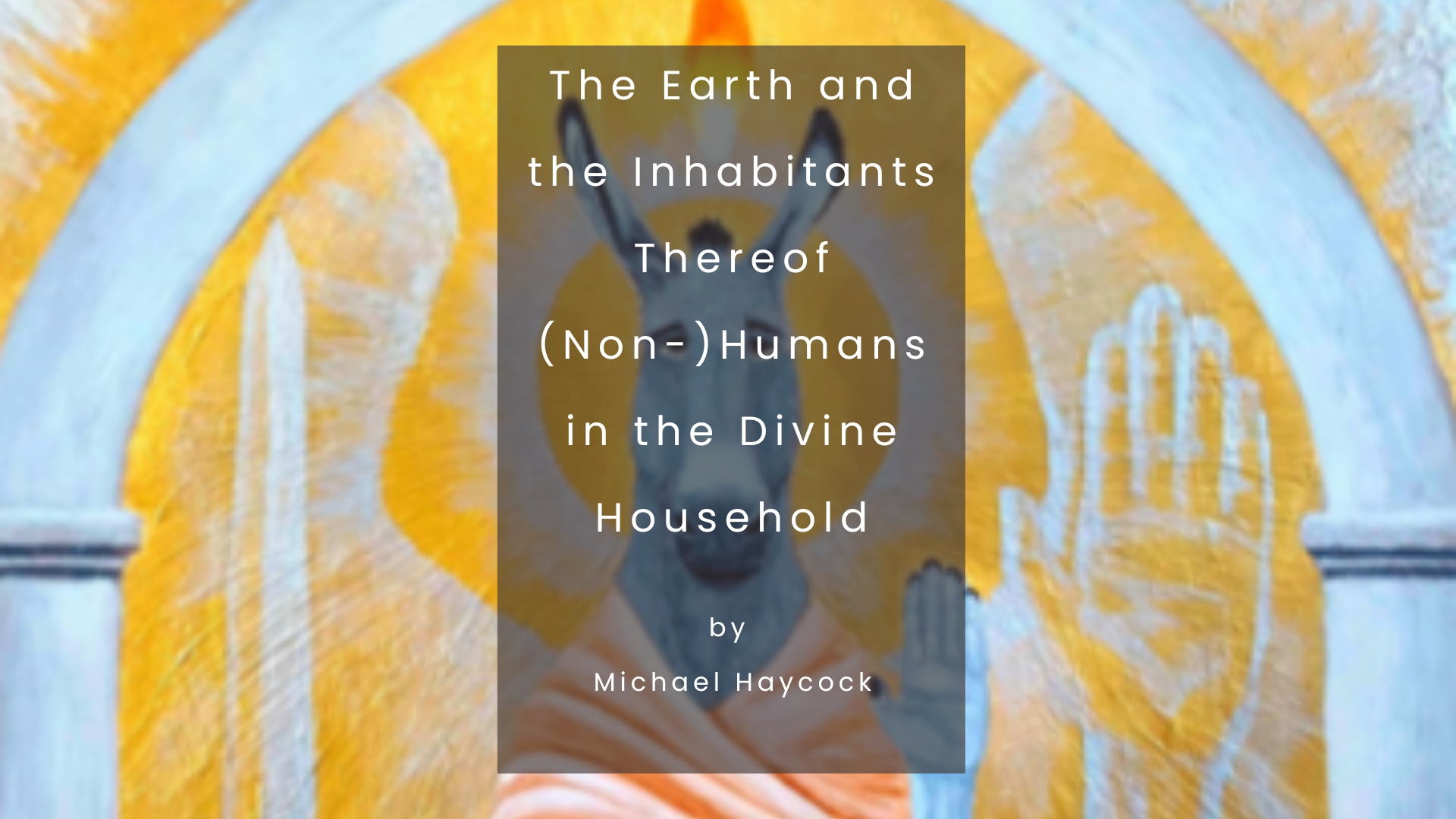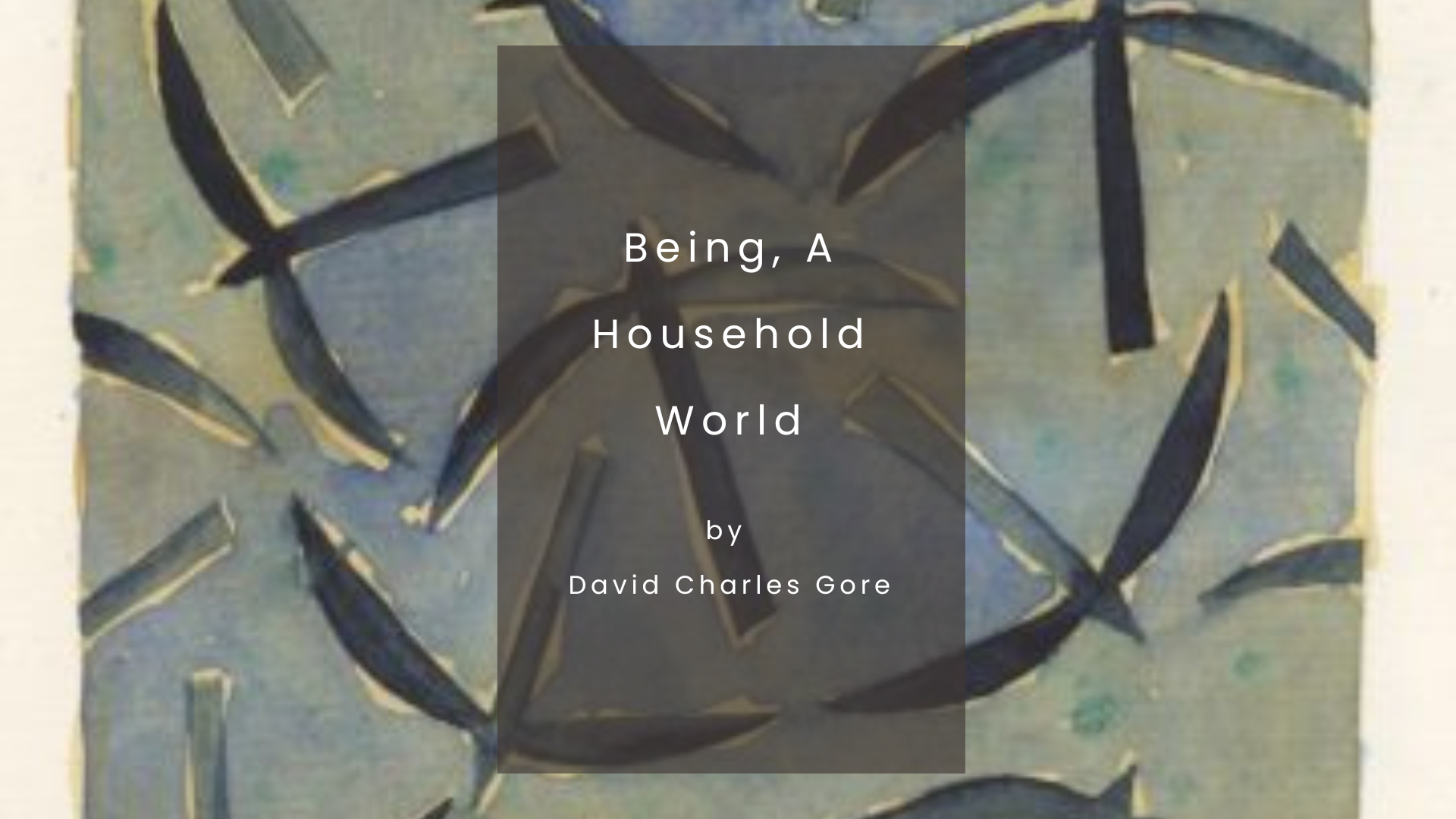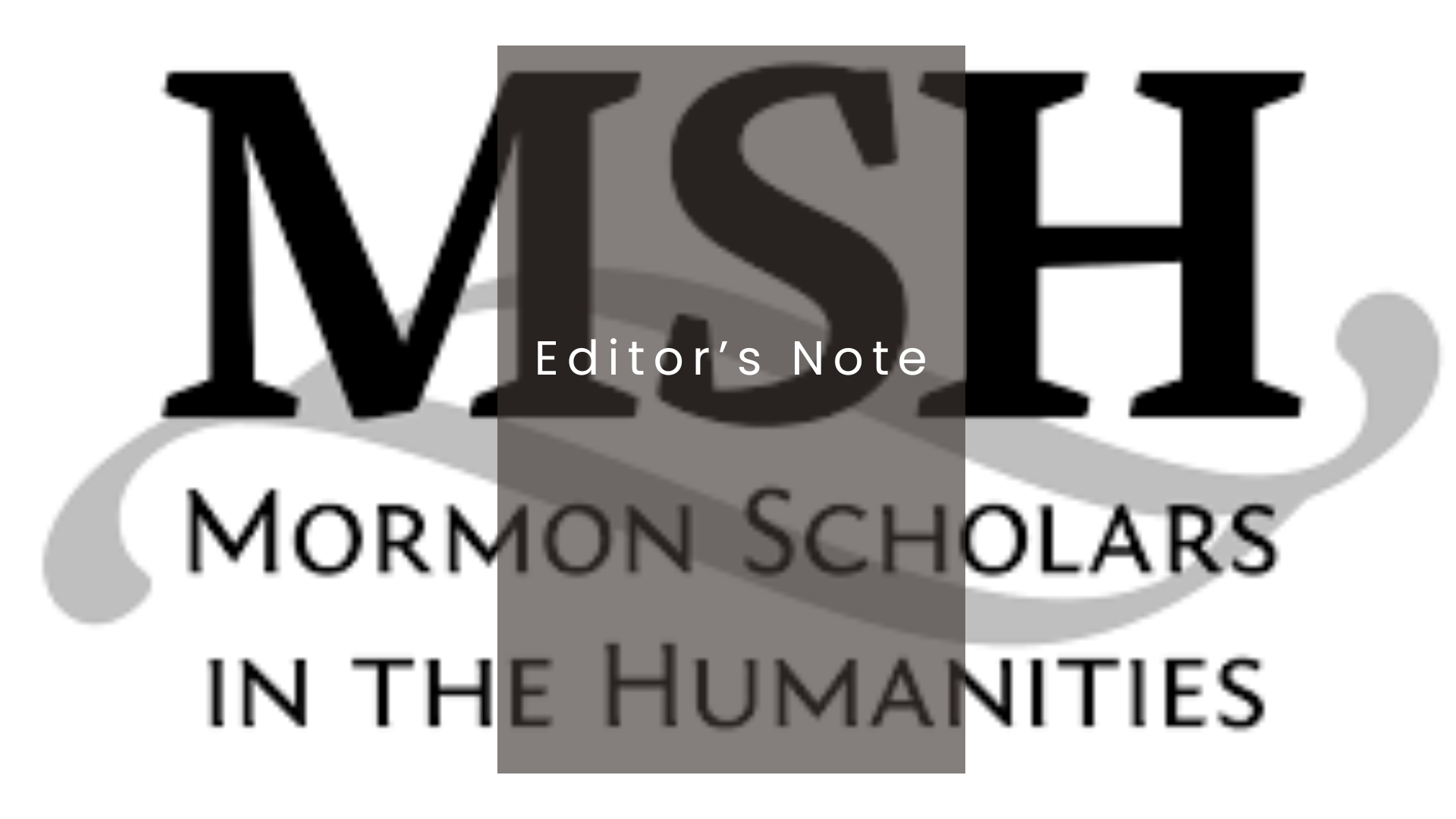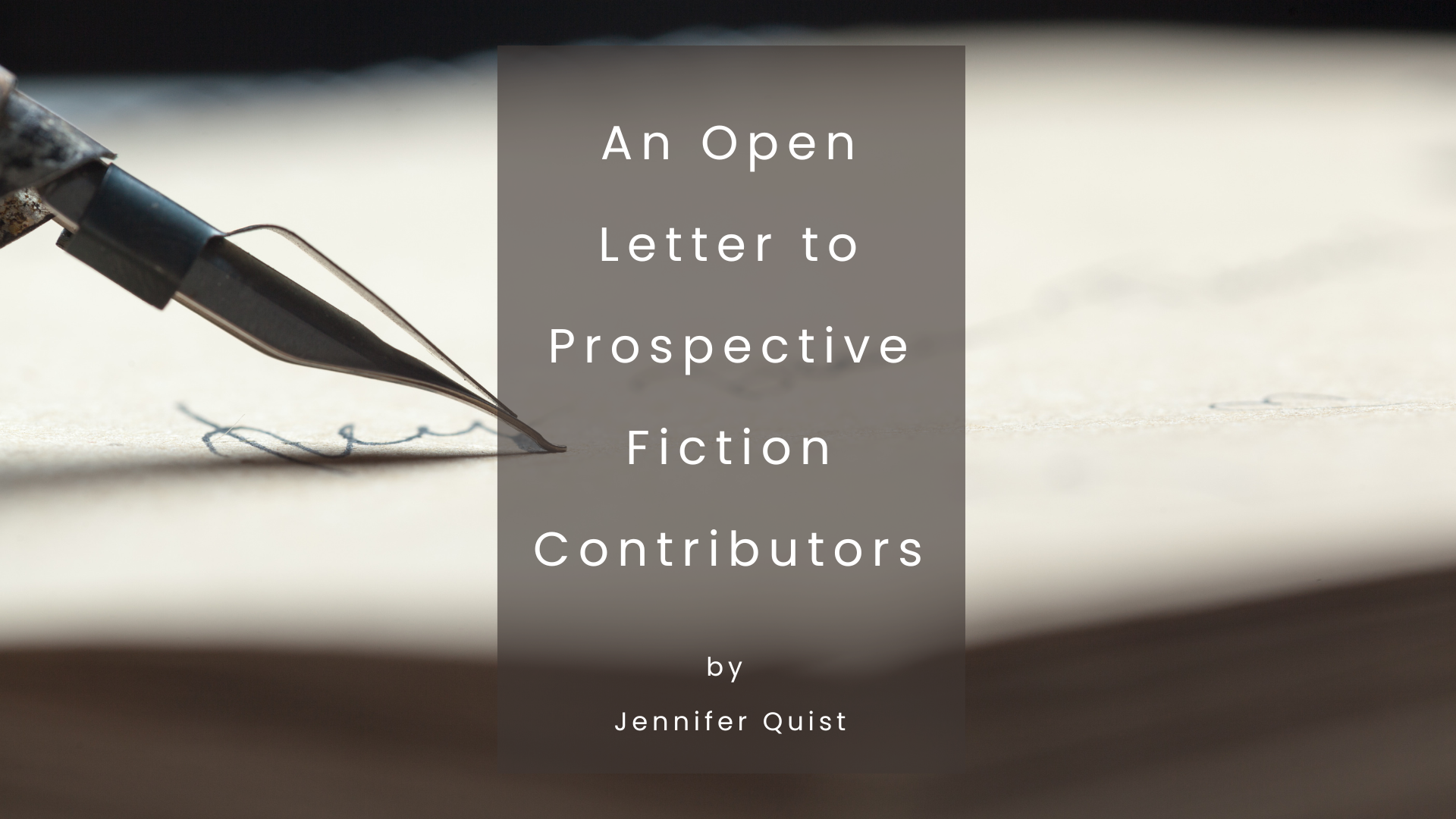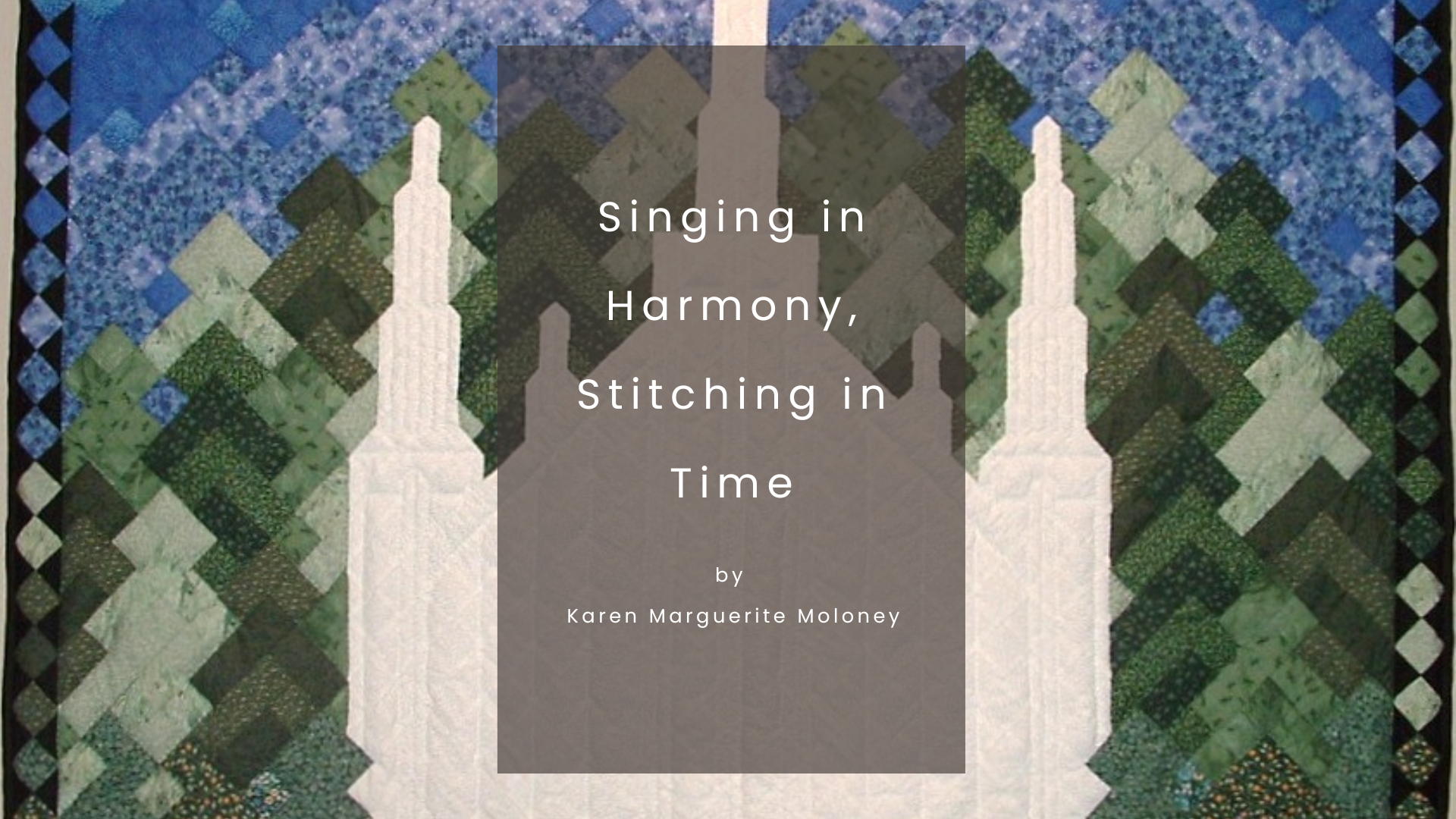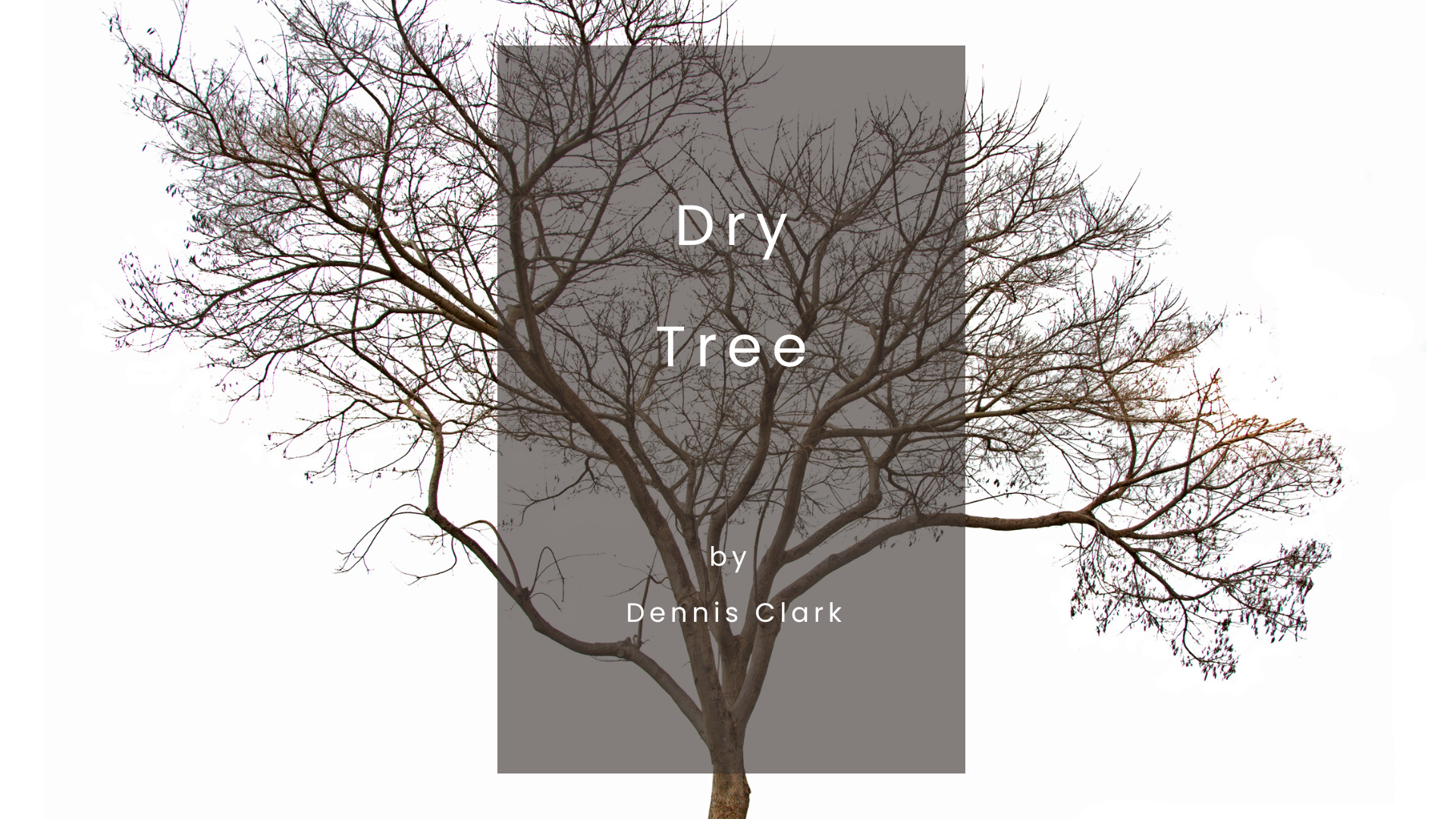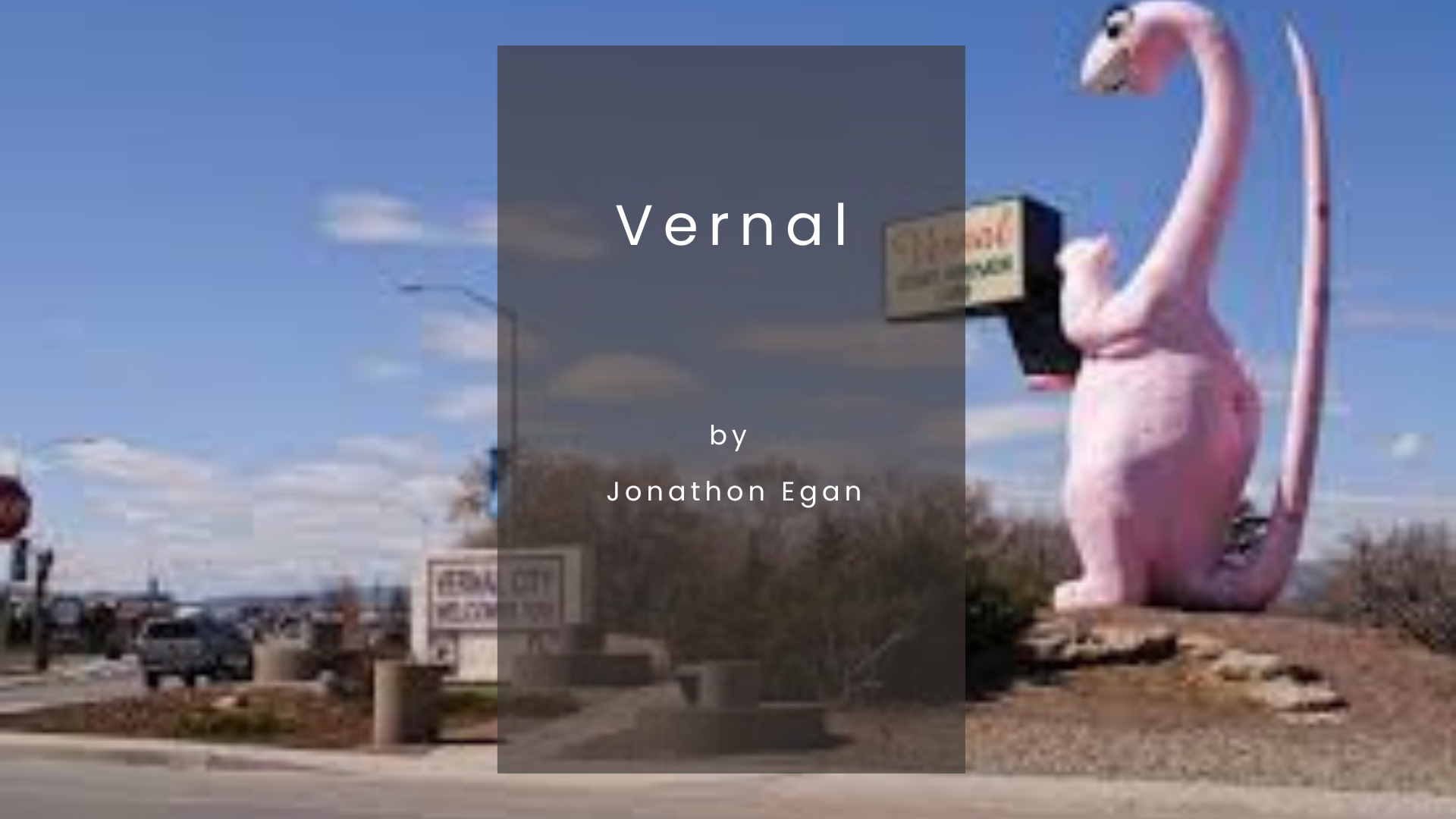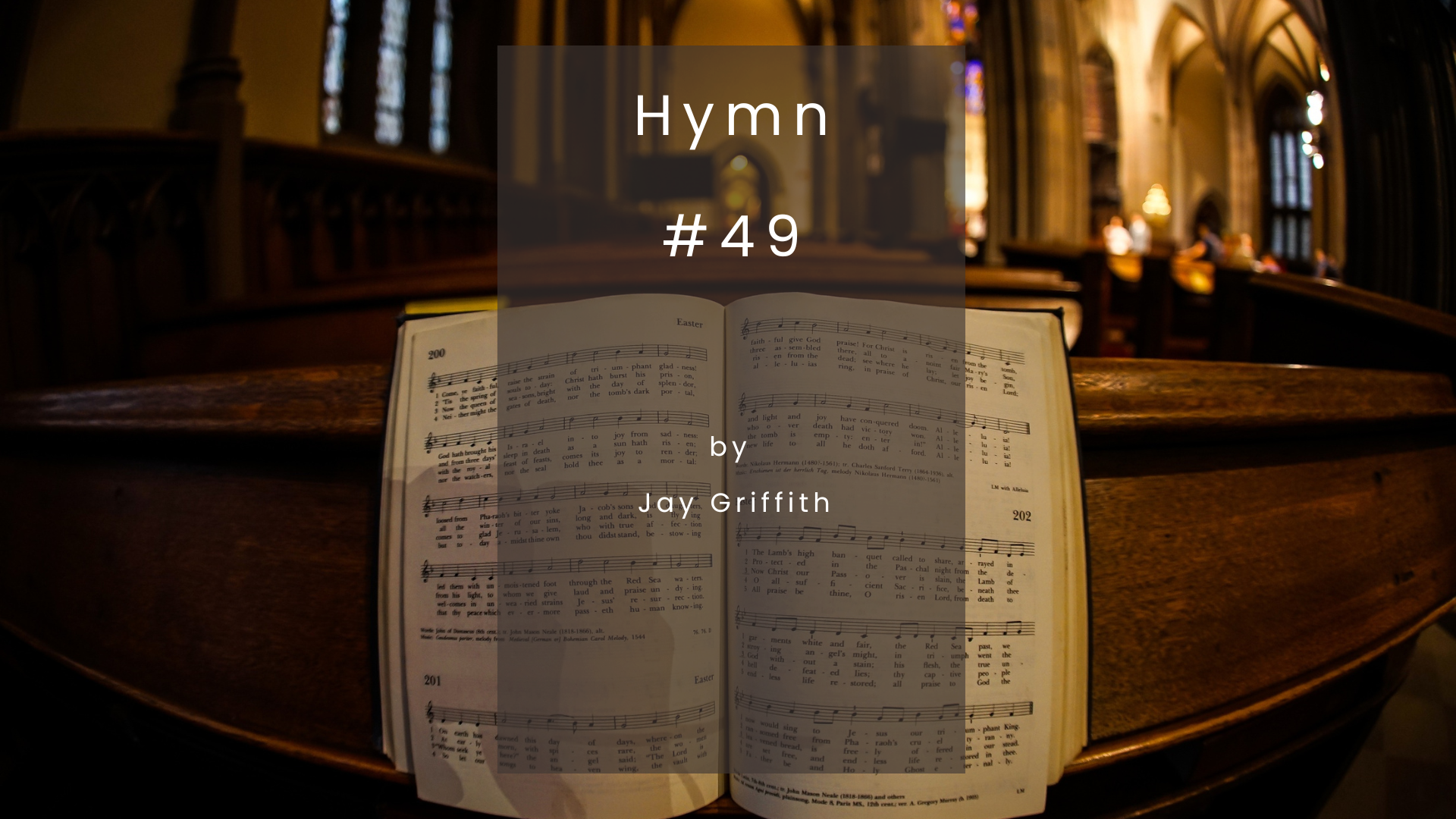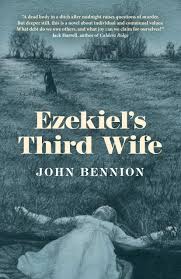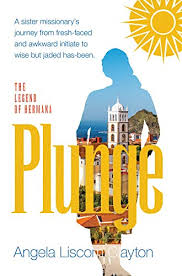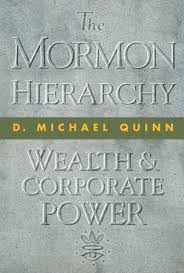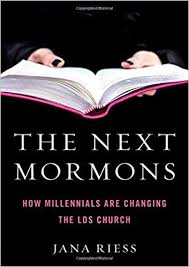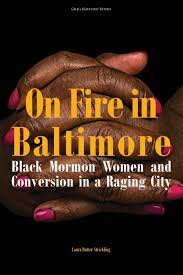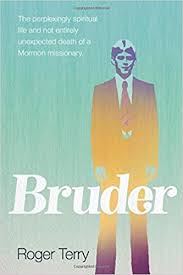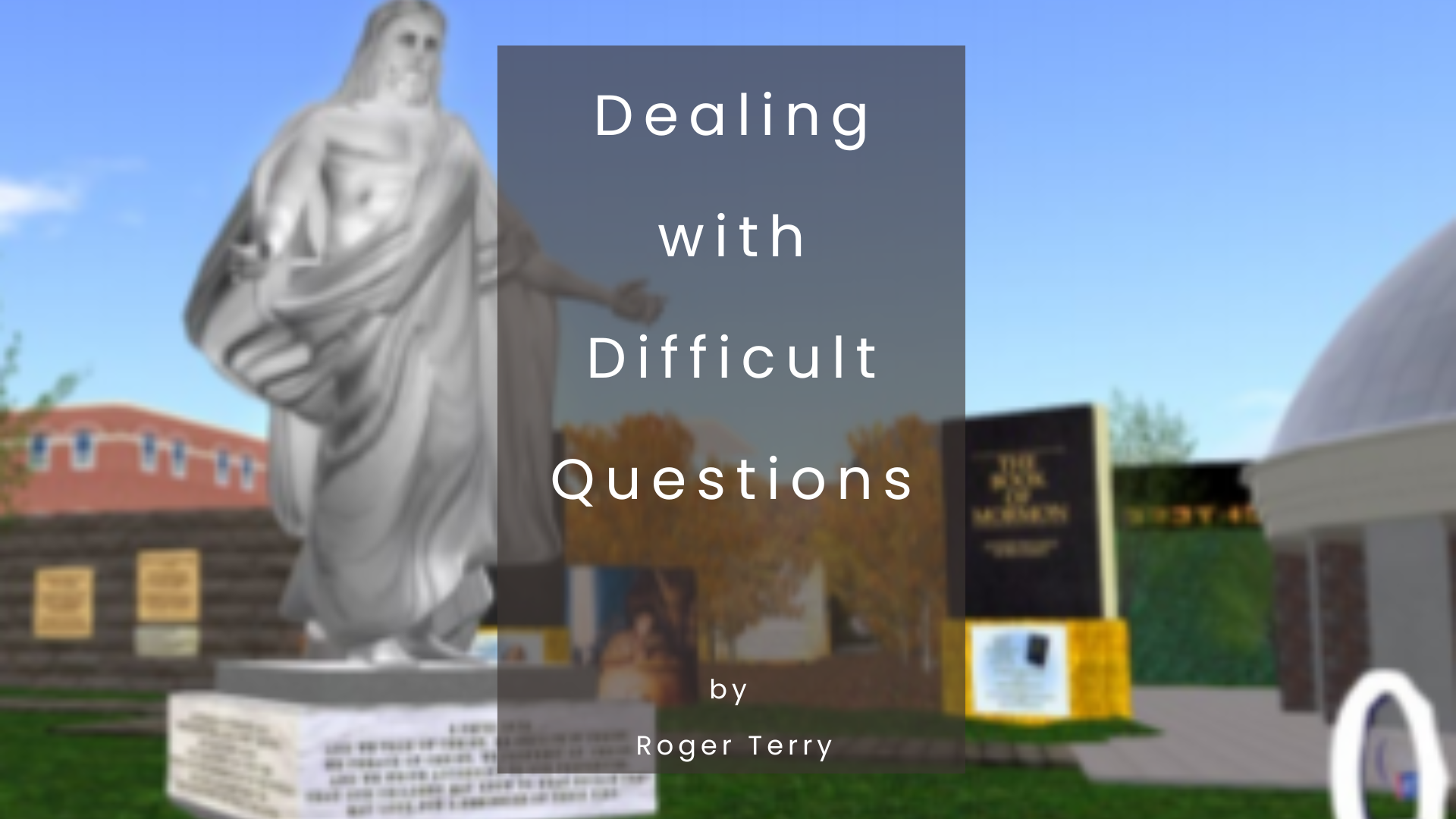Dominion in the Anthropocene
Christopher OscarsonIn the year 2000, Nobel Prize–winning atmospheric chemist Paul Crutzen together with Eugene Stoermer published a short article in a professional newsletter cataloging the manifold ways that humans as a species have affected the geology and atmosphere of the planet. They wrote, “The expansion of mankind, both in numbers and per capita exploitation of resources has been astounding” and then proceeded to list ways that humans have impacted the chemistry and functioning of local and planetary systems including the widespread transformation of the land surface, the synthetic fixing of nitrogen, the escape of gases into the atmosphere (including, importantly, greenhouse gases) by the burning of fossil fuels, the use of fresh water, increased rates of species extinction, the erosion of the ozone layer in the atmosphere, overfishing of the world’s oceans, and the destruction of wetlands.
Read more





